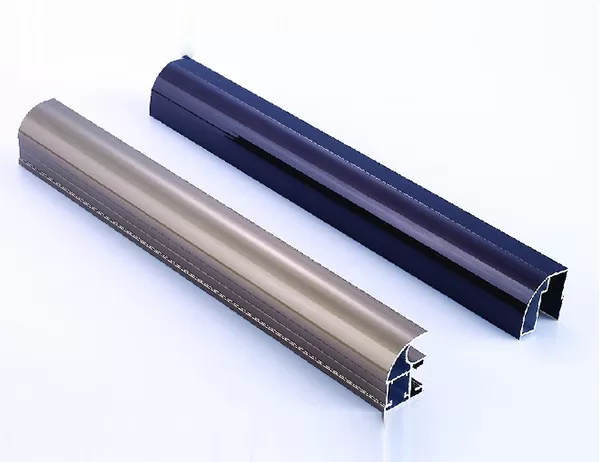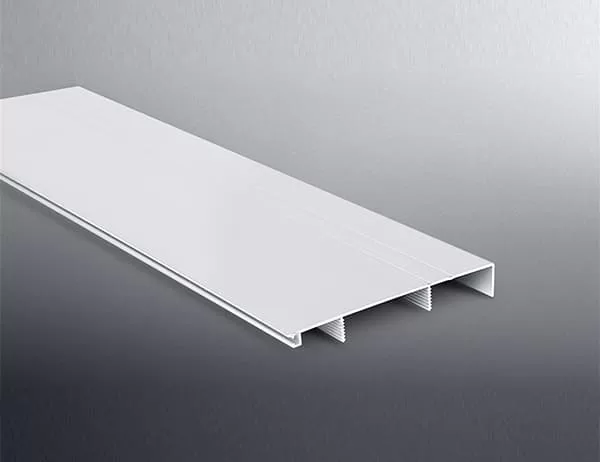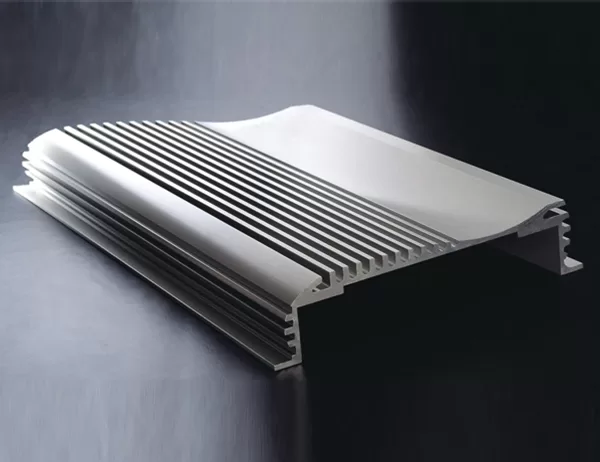Installing an Aluminum Heat Sink: A Comprehensive Guide
“How to Install an Aluminum Heat Sink: A Step-by-Step Guide” is an invaluable resource for anyone looking to effectively dissipate heat from electronic components. This detailed guide provides a comprehensive overview of the process, from selecting the right heat sink to properly mounting it.
Choosing the optimal heat sink involves considering factors such as the component’s heat output, available space, and budget. Aluminum heat sinks provide excellent value for their weight and cost-effectiveness. They are lightweight and readily available in a variety of shapes and sizes.
Before mounting the heat sink, it is essential to prepare the surface of the component. This includes cleaning the surface with an alcohol-based cleaner and ensuring it is flat and free of any unevenness or debris. This promotes optimal thermal conductivity.
Thermal paste is a crucial element that bridges the microscopic gaps between the heat source and heat sink. It enhances thermal transfer by filling these gaps with a conductive material. A thin, even layer of thermal paste should be applied to the surface of the component before mounting the heat sink.
There are several methods for mounting heat sinks:
– Screw Mounting: Heat sinks with pre-drilled mounting holes can be easily secured using screws.
– Bolt Mounting: Larger heat sinks may require bolts for more robust mounting.
– Thermal Adhesive: Thermal adhesives provide a permanent bond between the heat sink and component.
Once the heat sink is mounted, it should be secured tightly to ensure optimal thermal transfer. This may involve tightening screws or bolts to the specified torque or applying sufficient pressure for thermal adhesive to form a strong bond.
After mounting the heat sink, it is essential to verify its proper installation. This can be done by using a thermal imaging camera or simply by monitoring the component’s temperature under load. If the temperature remains within acceptable limits, the installation is successful.
Installing an aluminum heat sink is a straightforward process that can significantly enhance the performance and lifespan of electronic components. By following the steps outlined in “How to Install an Aluminum Heat Sink: A Step-by-Step Guide,” you can ensure an effective heat dissipation solution that keeps your electronic devices operating optimally.




